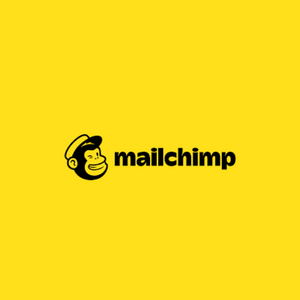After Intuit announced it was acquiring Mailchimp for $12 billion in September 2021, the deal sent shockwaves across the tech industry. But Salesforce had just acquired Slack a few months ago, in Dec 2020, for $27.7 billion, so Mailchimp’s acquisition was by no means the largest SaaS acquisition in recent history.
Mailchimp’s acquisition still became the talk of tech town because it was the largest acquisition for a non-VC-funded bootstrapped SaaS company until date. What added more credence to Mailchimp’s self-funded, anti-VC approach was that the business generated a revenue of $750 million in 2020 and has been profitable throughout its entire lifespan.
Aaron Levie, CEO of Box, a leading SaaS corporation, opined:
But Mailchimp’s isn’t just a case study in the power of focus and cash flow. It’s also a case study of how it is possible to start and grow SaaS startups that go on to dominate their niche without taking VC money.
Mailchimp’s business is, obviously, worth a study if you’re one of those who harbour dreams of bootstrapping a successful SaaS company one day. But it is also worth learning about even if you’re in the opposing camp — which believes VC money is needed to fuel growth and crush competition — because you can pick up valuable insights even from those you disagree with.
MailChimp’s Founding & Growth Story
When Mailchimp started in 2001, not even in their wildest dreams had the founders imagined it would become as big as it did. As a matter of fact, Mailchimp was not even their primary business, and they didn’t even take it seriously until four years later, in 2005. They had started Mailchimp as a side project after a few customers of their primary business, a web design consultancy, asked for help to send email newsletters.
During that time, their customers used bloated enterprise software that one would have to install with CD ROMs on the server. And even though they were making good money by billing customers at an hourly rate in exchange for plugging in the HTML code and content, they hated using the legacy enterprise software. So, they built their own email marketing software using code from a previously failed side project to simplify the process.
For the next six years, until 2007, they used Mailchimp as a tool to fulfill email marketing requests, but the web design agency remained their primary bread and butter. The problem with the web consulting business was that even though it was bringing in large sums of money on a per-project basis, the fixed nature of income made it difficult to scale beyond a certain threshold. On the other hand, Mailchimp’s growth graph was trending upwards and bringing in recurring revenue.
After comparing the revenue of both businesses and the fixed vs. recurring models opportunity cost, the founders decided to shut down the web consulting business and focus solely on Mailchimp. Once they had decided to go all in on Mailchimp, the founders quickly fixed a few major bugs that customers complained about for years and made some upgrades. Almost overnight, their revenue tripled.
By the end of 2007, MailChimp switched from the pay per usage model to the subscription model, further accelerating growth because it saved customers the hassle of making multiple micropayments. With Mailchimp making strides in the email marketing world, the company soon caught the eyes of investors who wanted to get on the train.
At around that time, Constant Contact, then the leading email marketing software, had just gone public, and investors wanted Mailchimp to follow suit. Since investors were keen on making money quickly, they wanted Mailchimp to pivot from serving small businesses to enterprise clients. After a few meetings with multiple investors who used the same scare tactic that Mailchimp would get eaten by bigger competitors if they didn’t take the money and scale fast, the founders decided that they’d run the show the way they wanted. But the investor forewarnings did come true to a certain extent when the bigger competitors closed in and customers started switching to them.
The big breakthrough for Mailchimp came after the company switched to a freemium model in 2009, allowing users to send free emails forever to up to 500 email subscribers as long as the monthly email sent didn’t exceed 3000. Here’s what Ben Chestnut, Mailchimp CEO, wrote in a blog at the time.
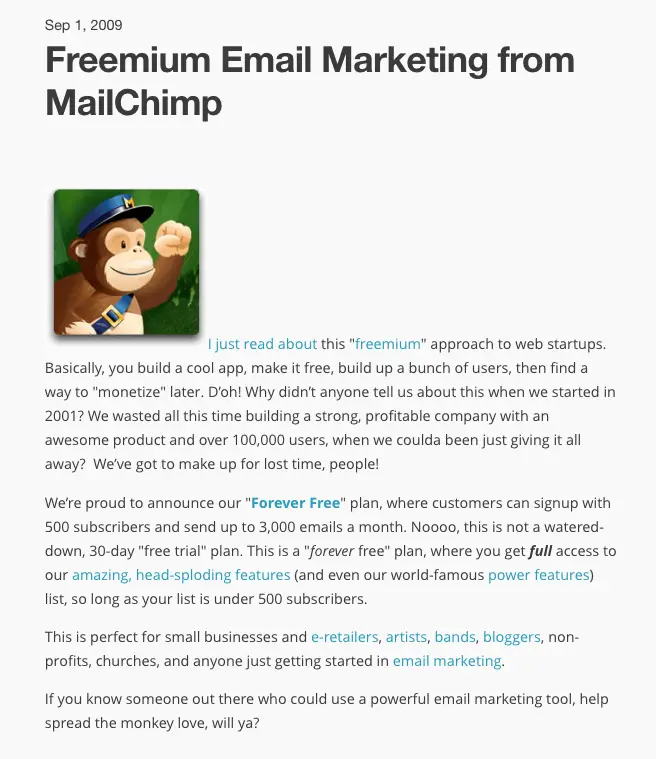
A year after Mailchimp went freemium, the company recorded the following numbers:
- The user base grew 5x, from 85,000 in September of 2009 to 450,000 in September 2010.
- Every month, 30,000 new free users and 4,000 new paying customers signed up.
- Profit (not revenue) grew by a whopping 650%.
While the ‘free forever’ freemium plan was game-changing by itself, what made it more successful was that all emails sent by free users were stamped with a hyperlinked image of Mailchimp’s Monkey Logo in the email footer, sending potential customers to MailChimp.com. Users got free emails, and Mailchimp got free publicity, a win-win for both stakeholders.
For every person referred through their MailChimp footer badge that became paying customers, free users sending those emails would earn “MonkeyRewards Credits”. Free users could then use these credits for MailChimp services like inbox inspections or future bills if they decided to upgrade.
Fast forward to 2012, Mailchimp had grown from 450,00 to 1.2 million users and added 5,000 new users on average every day. For the next five years, until 2017, Mailchimp continued to be your friendly neighborhood email marketing service, helping customers with their marketing efforts on one of the many marketing channels they used to reach their audience.
But Mailchimp soon realized that helping customers with just email wasn’t enough. If customers could post on social media, create paid campaigns, and manage customer relationships within Mailchimp itself instead of using different marketing platforms for each of the tasks mentioned earlier; it would make their lives easier and Mailchimp more valuable. Acting on this premise, MailChimp started to expand beyond email, integrating other marketing channels after 2017. By 2019, Mailchimp had repositioned itself as an all-in-one Marketing Platform.”
But Mailchimp decided not to limit itself to just being a complete marketing platform. It soon expanded vertically by giving customers the ability to launch online stores using Mailchimp instead of using products Shopify or WordPress. Essentially, not only does Mailchimp now help customers with marketing their business but also building & their online presence.
Mailchimp’s journey came to a full circle when it got acquired by Intuit. Explaining the rationale behind choosing to get acquired despite being powered by a bootstrapped DNA, Ben Chestnut wrote in an announcement post, “
Since day one, setting our customers up for success has been our top priority, and we’re confident that our acquisition by Intuit will advance that mission and secure the legacy of support for small businesses that we’ve built over the last 20 years.
Like Mailchimp, understanding small businesses is embedded in Intuit’s DNA, which affirms my belief that this is the right next step for Mailchimp, our employees, and importantly, our customers. Intuit is a mission-driven global financial technology platform, and you might already use some of their products – like TurboTax and QuickBooks – that enable small and mid-sized businesses to prosper. Combining our marketing platform with Intuit’s AI-driven expert platform will allow us to create products and services that solve our customers’ biggest challenges, so you can thrive.
Together with Intuit, we’ll deliver an innovative small business growth engine powered by marketing automation, customer relationship management, accounting and compliance, payments and expense, and e-commerce solutions, creating a single source of truth for your business.”
At the time of the acquisition, Mailchimp had 2.4 million monthly active users & 800,000 paid customers, with 50 percent of customers outside of the U.S.
Mailchimp Business Model
Mailchimp operates on a freemium SaaS business model, making money from three different product offerings: Marketing Platform, Website & Commerce & Transactional Email. A major portion of Mailchimp’s customers are small businesses, though it serves enterprise clients too.
Here’s what the pricing looks like for Mailchimp’s three different product offerings:
1. Marketing Platform
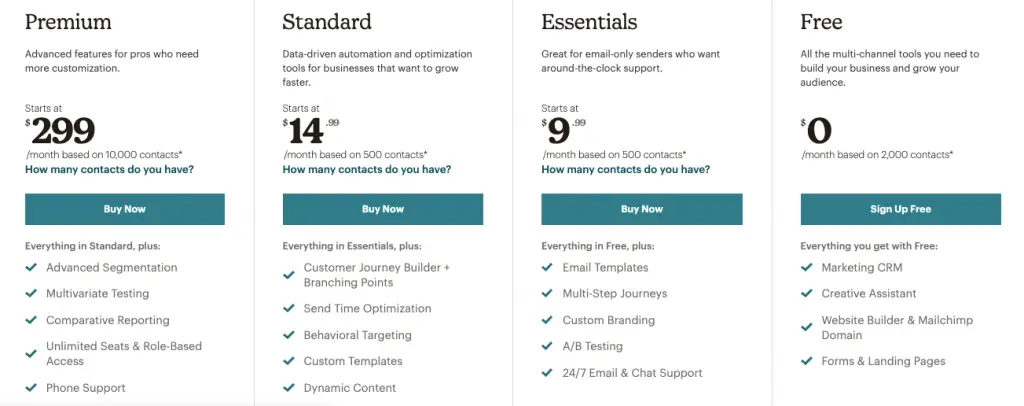
2. Website & Commerce
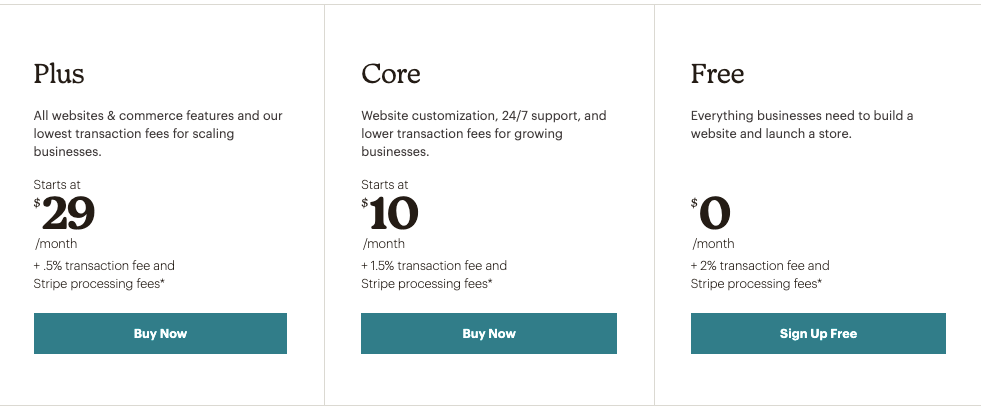
3. Transactional Email
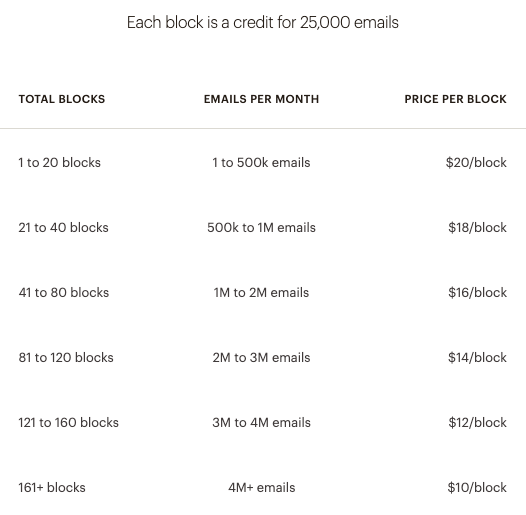
In 2021, Mailchimp has a revenue run rate of $800 million. Here’s what Mailchimp’s revenue growth graph has looked over the years:
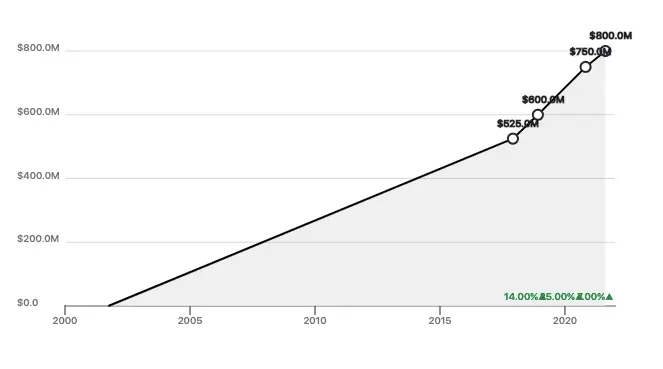
If you liked reading this piece, you might also like Tesla’s business model case study.
